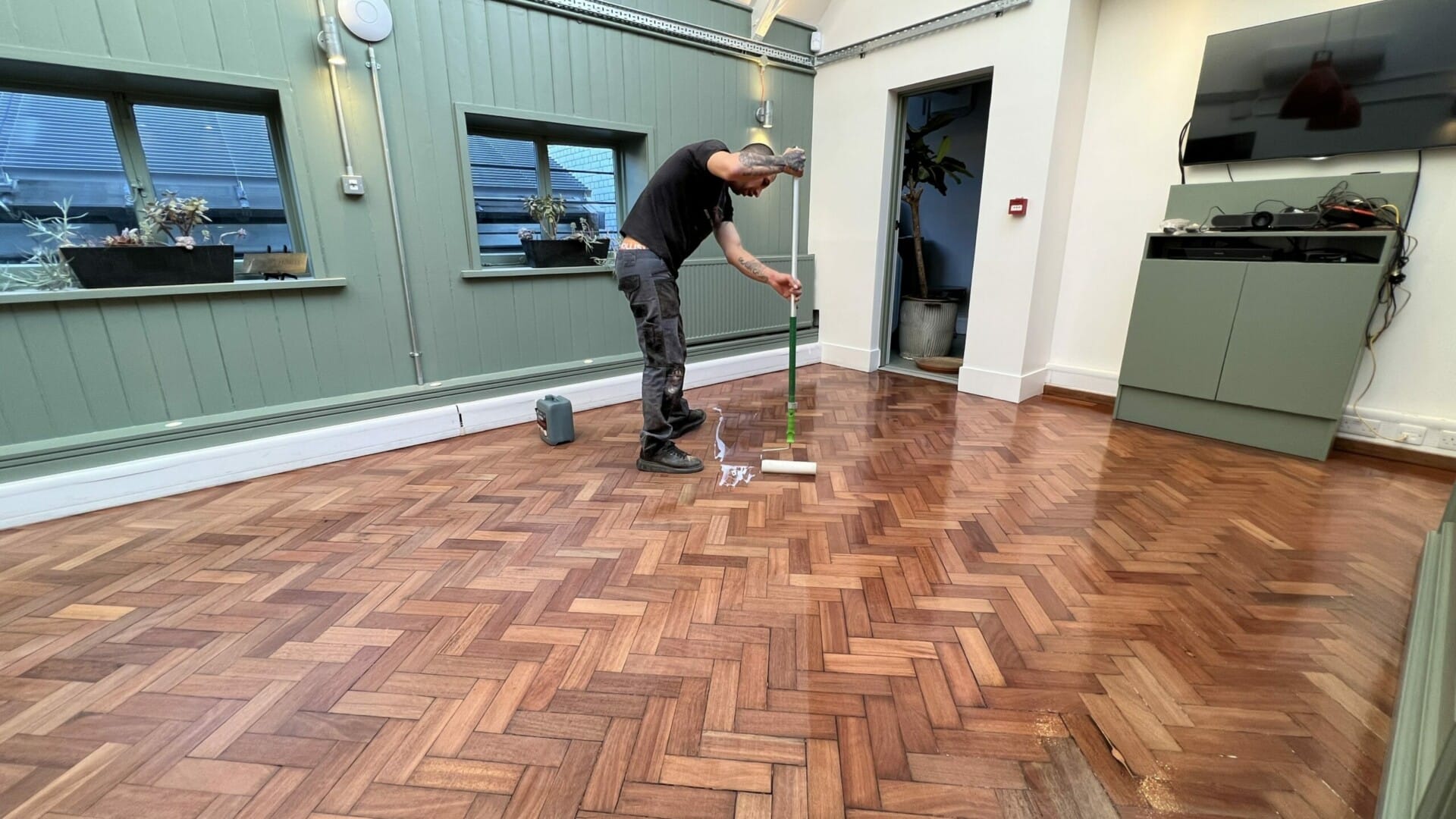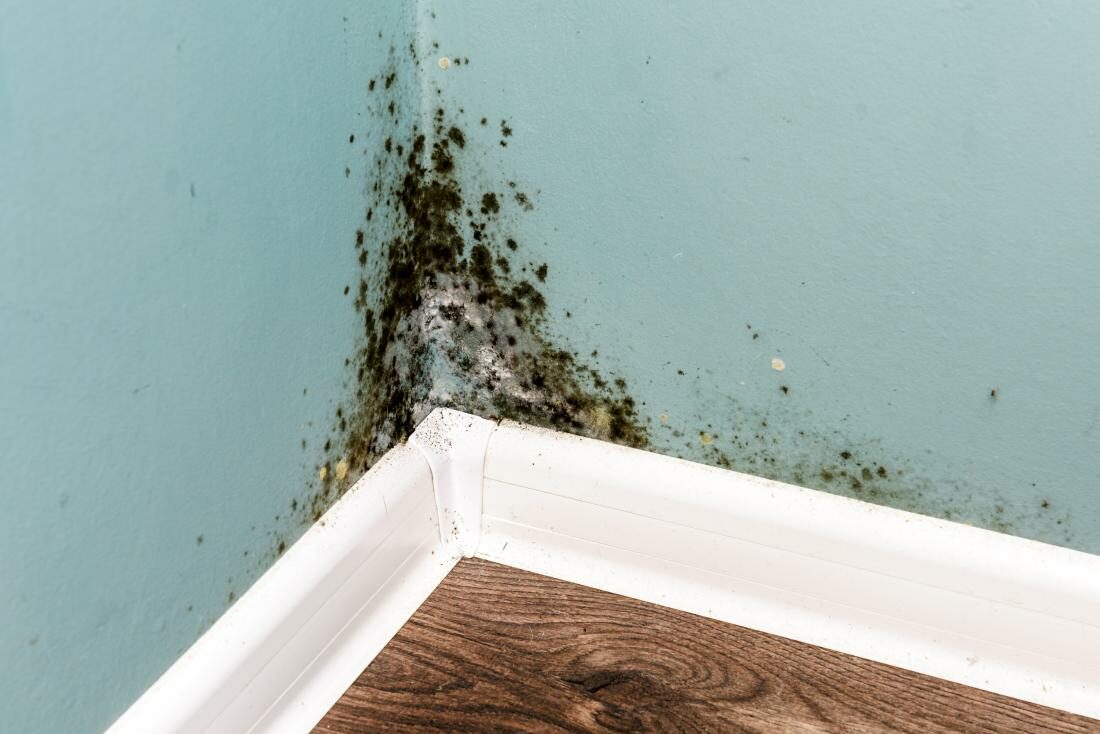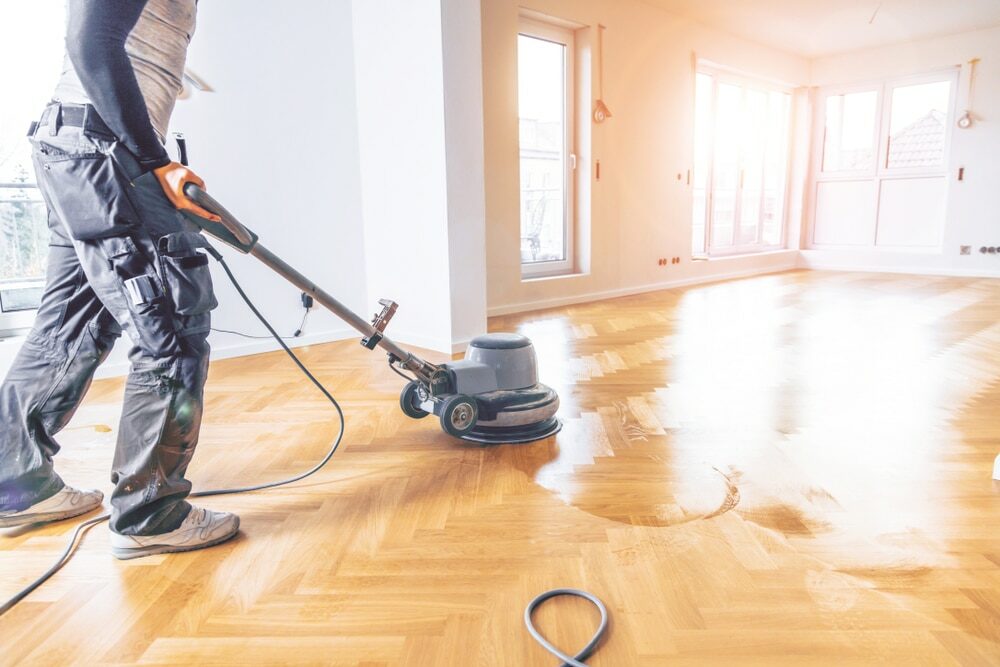London:
Nationwide:
Hardwood Floor Restoration – Wood Floor Restoration Services in London
Posted on May 15, 2023
Wood Floor Restorations Blogs
The Ultimate Guide to Hardwood Floor Restoration
Hardwood floors offer a timeless charm and elegance that are hard to match. Over time, however, even the most durable hardwood floors can lose their lustre due to wear and tear. Fortunately, it’s entirely possible to restore their original beauty through hardwood floor restoration. This comprehensive guide will navigate you through the entire process, from the initial assessment to the final touches.
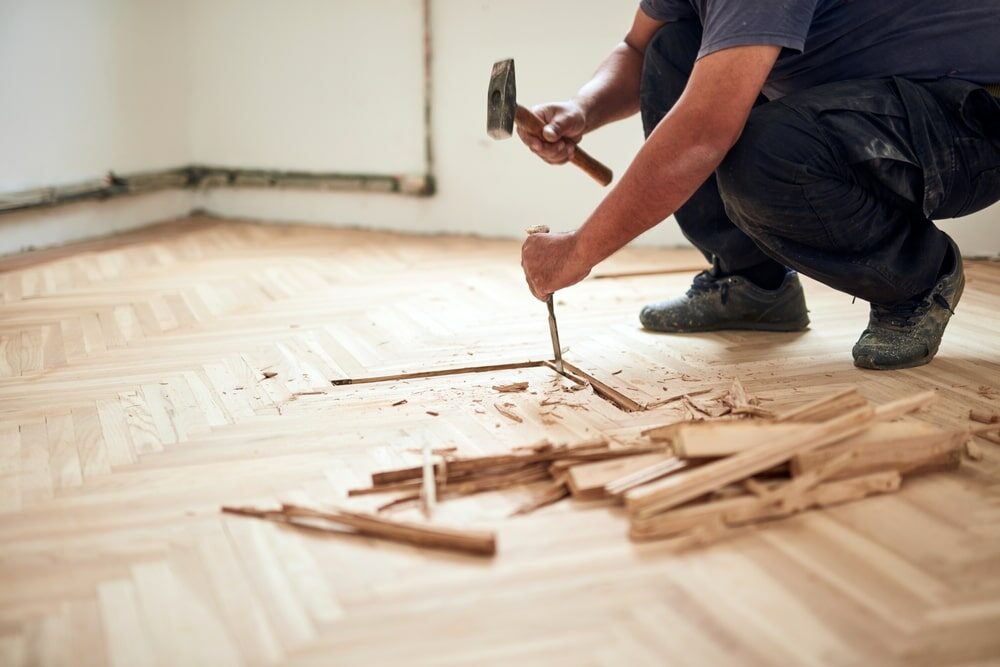
Understanding Hardwood Floors
Hardwood floors can be broadly categorised into solid and engineered hardwoods. Solid hardwood flooring is exactly what it sounds like: a solid piece of wood throughout, whereas engineered hardwood is made up of layers of wood with a hardwood veneer on top.
The type of hardwood flooring you have can impact the restoration process, as solid hardwood can withstand more rounds of sanding and refinishing compared to engineered hardwood.
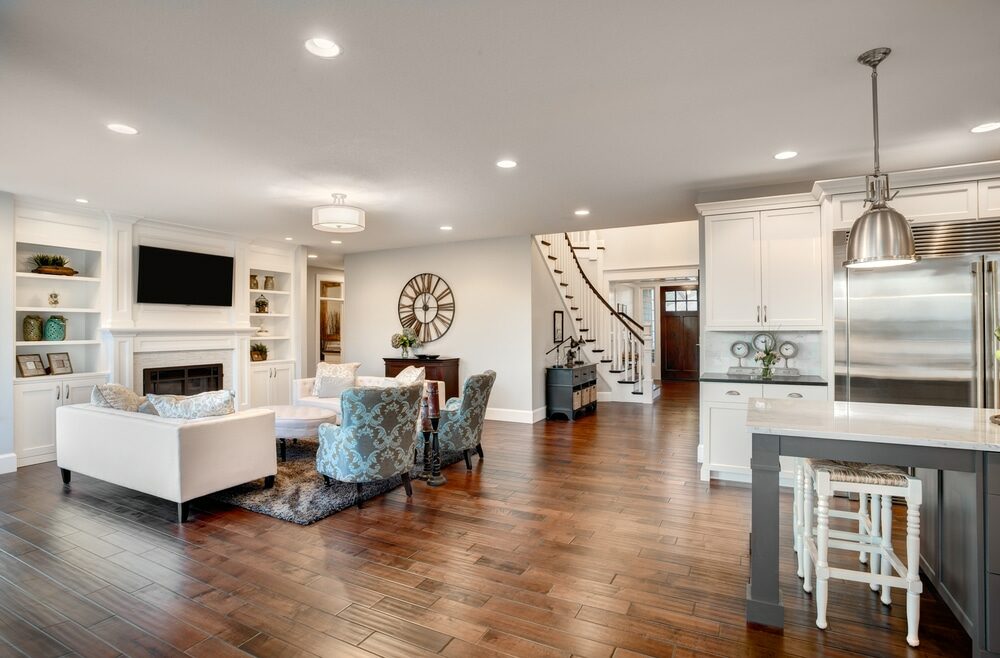
When Is Restoration Needed?
Hardwood floor restoration is typically needed when there’s substantial wear and tear. Signs that your hardwood floor might need restoration include:
- Deep scratches or gouges that cannot be fixed with a simple touch-up
- Discoloration due to sunlight exposure, spills, or age
- Worn-out finish, making the wood look dull and lifeless.
- Board damage due to water, pests, or moving heavy furniture
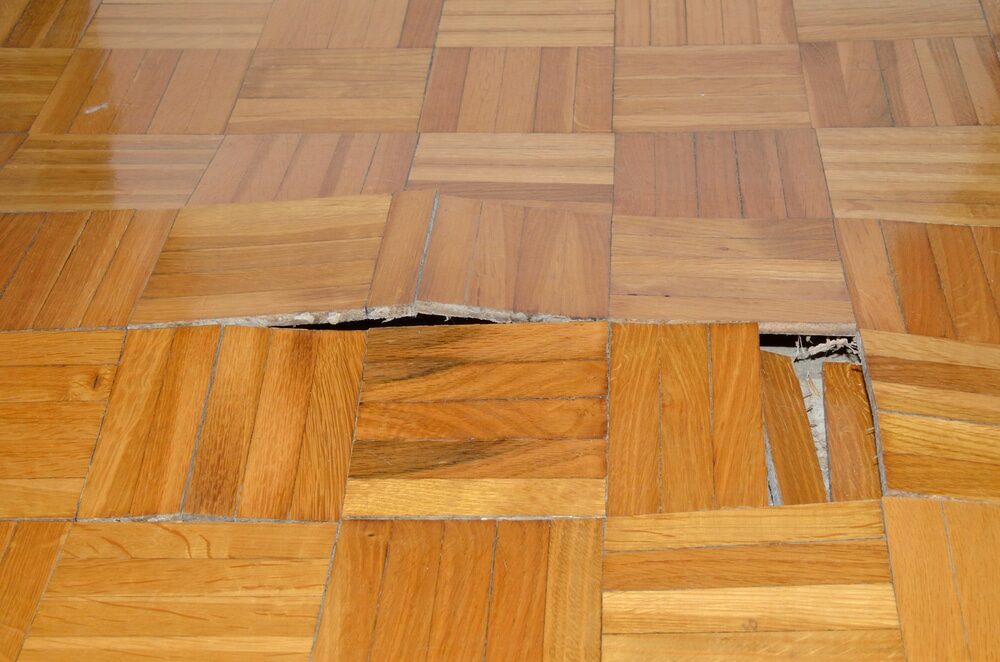
What Does Hardwood Floor Restoration Involve?
The hardwood floor restoration process generally involves the following steps:
- Assessing the condition of the floor
- Preparing the area for restoration
- Sanding the floor to remove the old finish and surface damage
- Filling in any gaps or cracks
- Staining the floor (optional)
- Applying a new finish to protect the floor and enhance its appearance
Tools and Materials Required
Restoring a hardwood floor requires several tools and materials. These include:
- Drum sander and edger
- Sandpaper of various grits
- Wood filler
- Vacuum cleaner
- Wood stain (optional)
- Polyurethane finish or another type of wood floor finish
- Applicator pads or brushes
It’s also crucial to have safety equipment like dust masks, safety goggles, and ear protection.
The Hardwood Floor Restoration Process
Step 1: Preparing the Area
Before you start the restoration process, remove all furniture, rugs, and other items from the room. It’s also a good idea to cover vents, doors, and windows to prevent dust from spreading throughout your home.
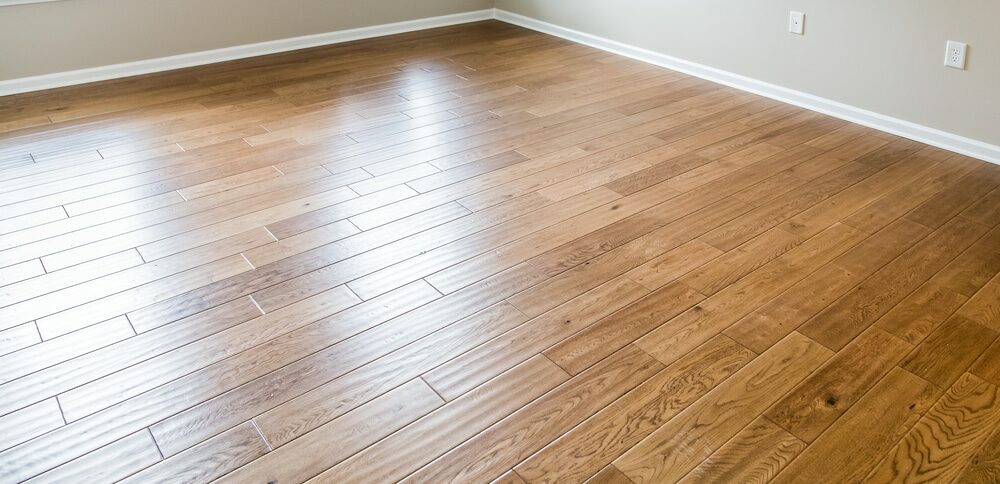
Step 2: Sanding the Floor
Sanding is usually the most labor-intensive part of the restoration process. Start with a coarse-grit sandpaper to remove the old finish and any surface damage. Then, progressively switch to medium and fine-grit sandpaper to smooth out the wood.
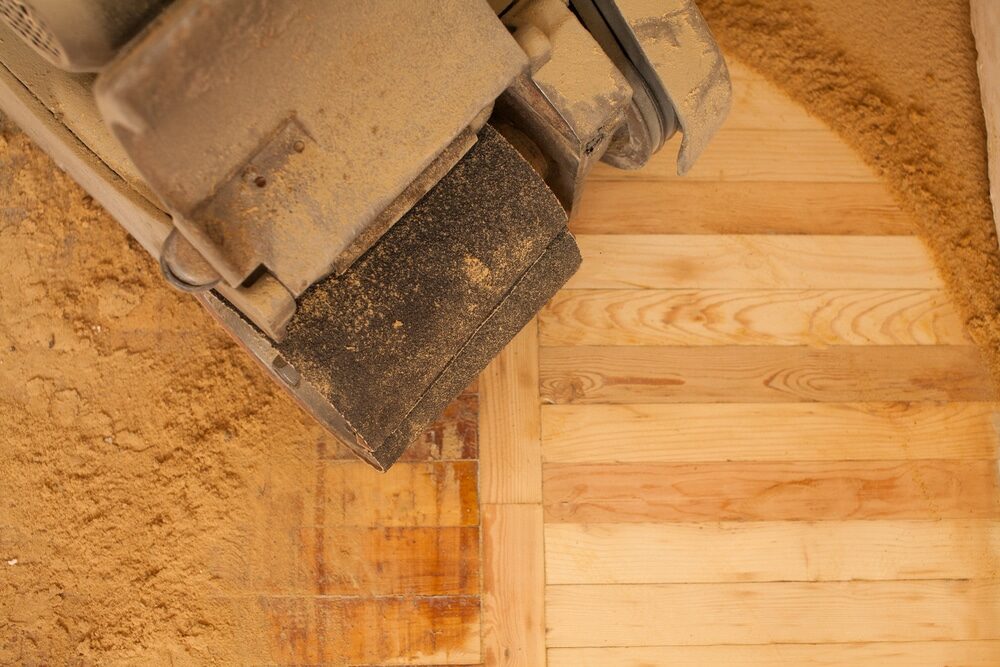
Step 3: Cleaning Up
After sanding, vacuum the floor thoroughly to remove dust. It’s also recommended to wipe the floor with a damp cloth to ensure it’s completely clean before you move on to the next steps.
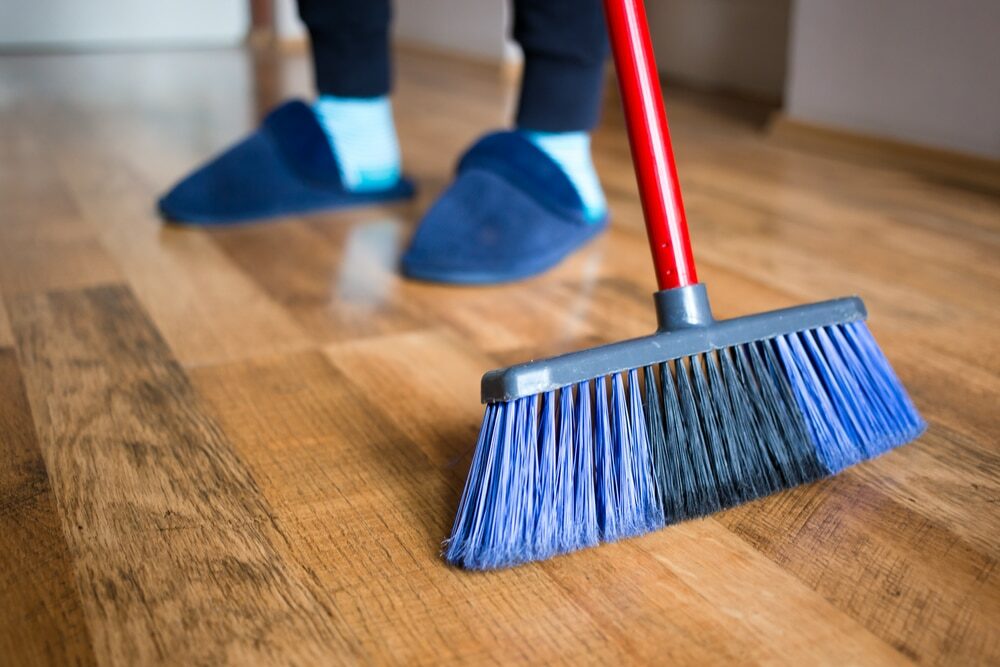
Step 4: Filling Gaps and Cracks
If there are any gaps or cracks in the floor, fill them in with wood filler. Once the filler has dried, sand the areas smooth.
Step 5: Staining the Floor
Staining is optional, but it can enhance the natural beauty of the wood and give your floor a new look. If you decide to stain your floor, apply the stain evenly and allow it to dry before moving on to the next step.
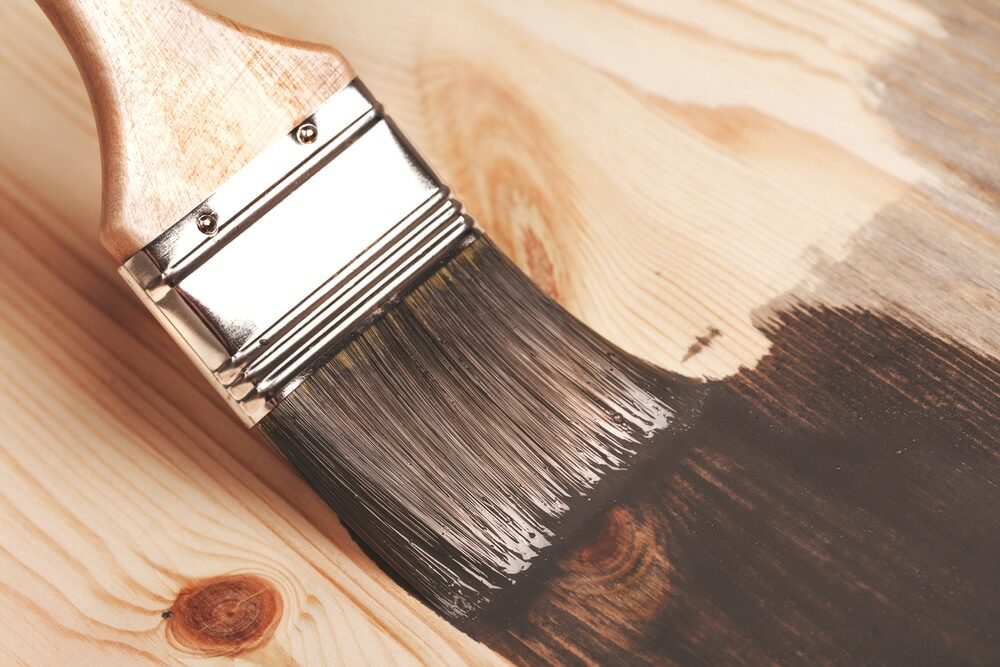
Step 6: Applying the Finish
The final step is to apply a new finish to the floor. This will protect the wood and give it a fresh, new look. Polyurethane finishes are popular due to their durability and ease of application. Apply the finish with an applicator pad or brush, following the wood grain for a smooth result.
Depending on the finish you choose, you may need to apply several coats. Be sure to allow ample drying time between each coat. Once the final coat has been applied, wait a few days before moving furniture back into the room to allow the finish to fully cure.
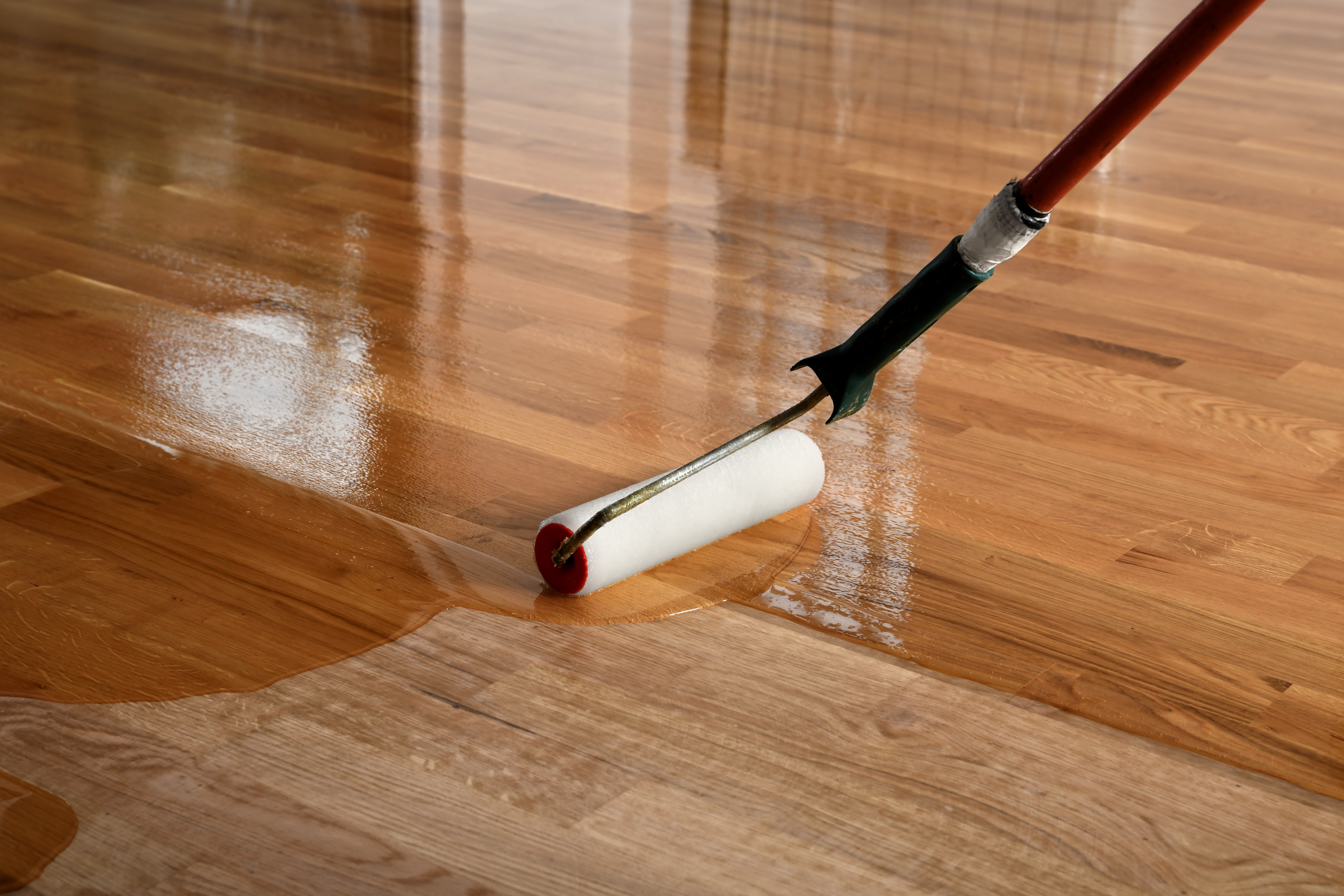
Post-Restoration Care and Maintenance
Restoring your hardwood floor can transform the look of your home. But the process doesn’t end there. Proper maintenance is key to keeping your floors looking their best for years to come.
- Regular Cleaning: Dust and grit can scratch your floor’s finish over time. Regular sweeping or vacuuming can help prevent this.
- Prevent Water Damage: Water is a hardwood floor’s worst enemy. Wipe up spills promptly, and avoid using wet mops for cleaning.
- Use Rugs and Mats: Placing rugs or mats in high-traffic areas can help protect your floor from wear and tear.
- Furniture Pads: Use furniture pads under the legs of heavy furniture to prevent scratches and dents.
- Regular Refinishing: Depending on the level of foot traffic, hardwood floors typically need to be refinished every 7–10 years.
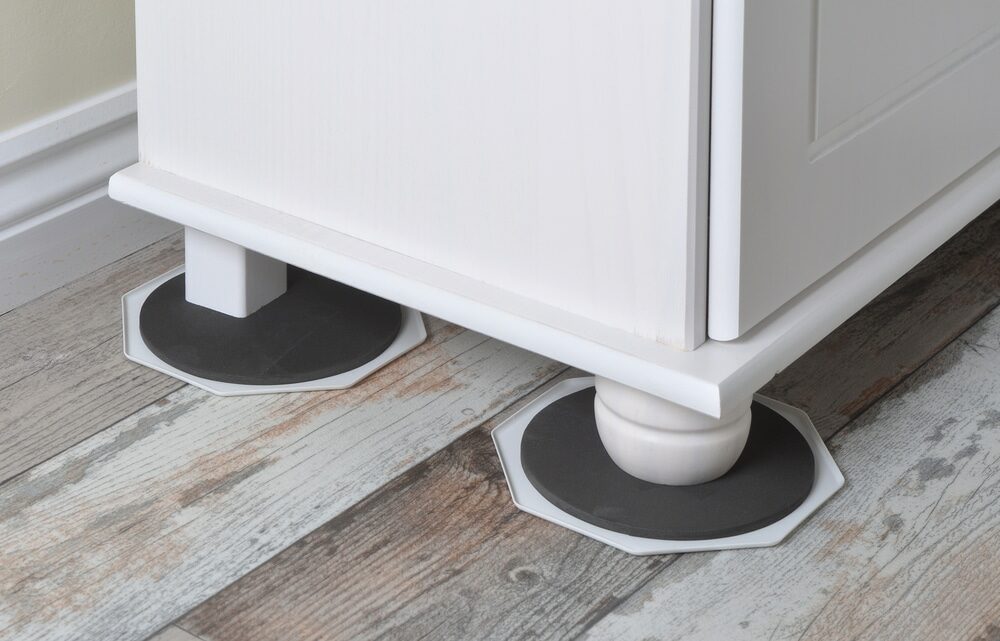
When to Call a Professional
While this guide provides a thorough overview of the hardwood floor restoration process, it’s a labour-intensive task that requires a certain level of skill and experience. If you’re not comfortable doing it yourself or if your floor is severely damaged, it might be best to hire a professional.
Professional floor refinishers have the tools and expertise to restore your floor efficiently and effectively, and they can handle any unexpected issues that may arise during the process.
Conclusion
Hardwood floors add warmth, character, and value to your home. Over time, they may show signs of wear, but with the right care and maintenance, they can last for generations.
Whether you choose to restore your hardwood floor yourself or hire a professional, the process can greatly enhance the look of your home. With a bit of effort and care, you can enjoy the timeless beauty of your hardwood floor for many years to come.
Some Useful Links:
- Wood Floor Restorations
- Wood Floor Repairs
- Wood Floor Polishing
- Floor Sanding Services
- School Floor Sanding
More from our Blog:
Refinishing Parquet Flooring: Ultimate Guide for London Homes
The Complete Guide to Restoring Your Hardwood Floors
Real Wood Floor Sanding in London – Your Comprehensive Guide
London Hardwood Floor Restoration – Comprehensive Guide | Preserve Your Home’s Charm
Successful Wood Floor Sanding – Mr Sander® Guide

Sanding
We provide virtually dust-free sanding with our continuous belt machinery with mobile extraction units, giving you a safer environment for your family.
Oiling
This organic finish not only adds beauty to your home but also has exceptional water-repellent characteristics, making it easier to clean and maintain.
Waxing
This natural floor finish offers the softest and most mellow appearance – and leaves your floor able to breath.
Buffing
Using soft buffing machines (and hand-polishing where required) will bring a wonderful sheen to your newly-finished floor.
Repairs
We offer a full assessment of your wooden floors to determine what repairs are needed to provide the perfect working surface for the later stages of sanding, staining and sealing.
Restoration
We offer a comprehensive restoration process designed to address floors that are improperly fitted or damaged over time through wear and tear.
Request a fixed price quote for your wood floor restoration now
Simply enter your postcode below to get started.
Services
Wood Floor Sanding Wood Floor Restoration Wood Floor Scratch Repair Squeaky Wood Floor Repair Parquet Floor Sanding Parquet Floor Restoration Commercial Floor Sanding Church Floor Sanding Community Centre Floor Sanding School Floor Sanding Gap Filling Gap Filling with ResinCopyright © Mr Sander®
Privacy & Cookies Terms & Conditions Complaints Procedure Cancellation Rights Sitemap